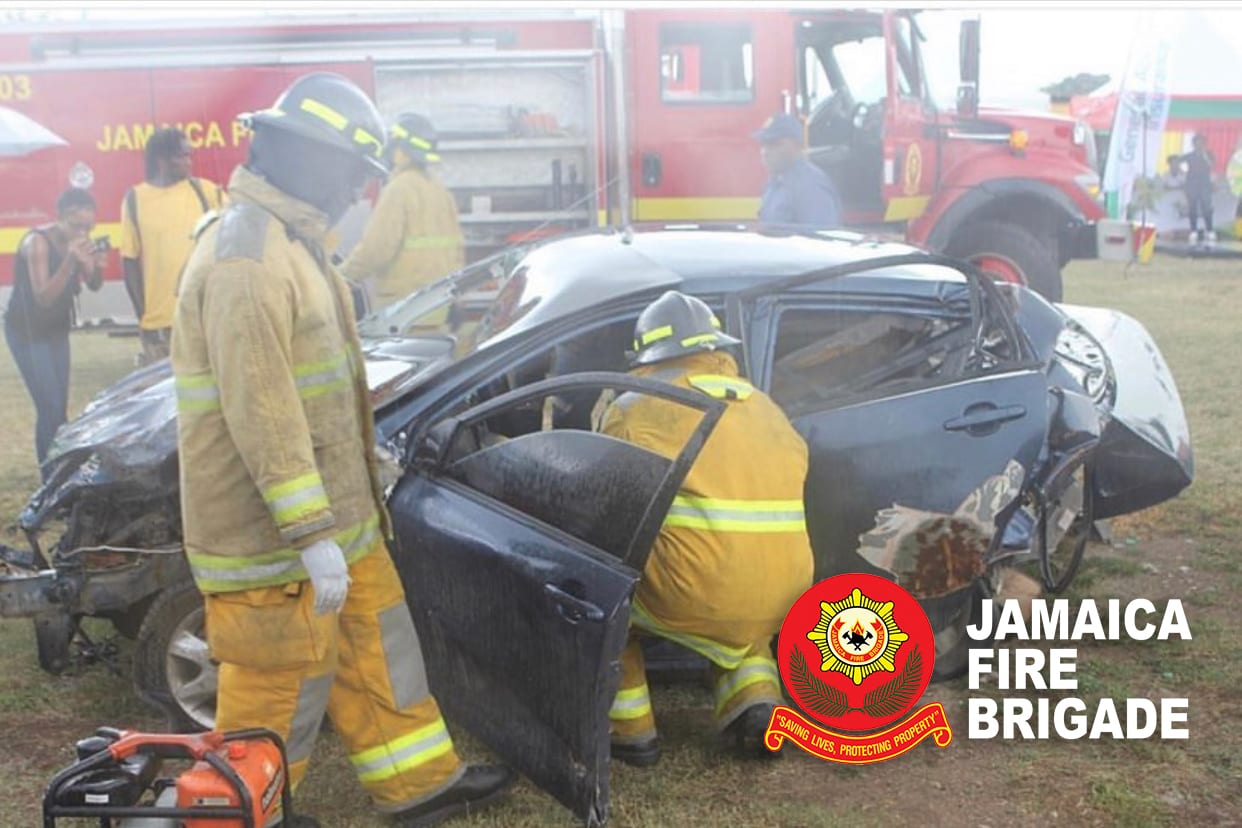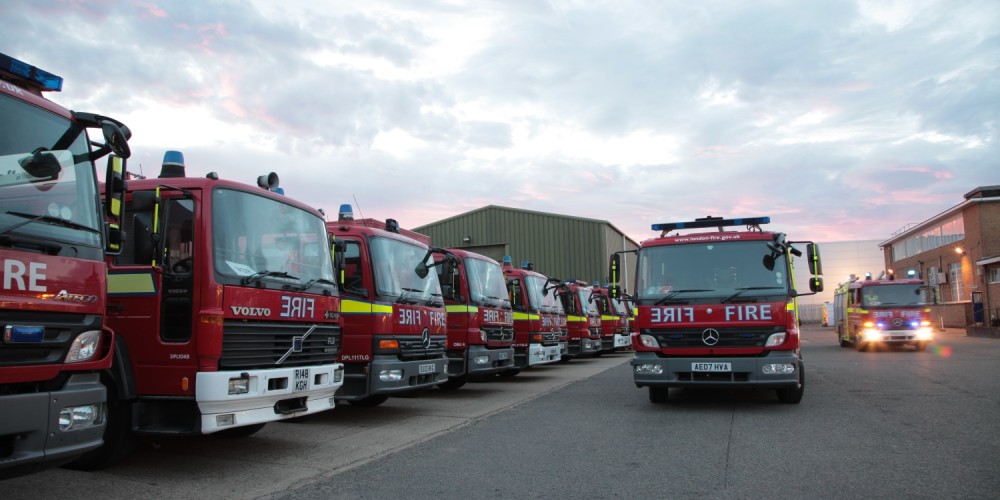The Definitive Guide to Fire Suppression and Brigade Preparedness
The Definitive Guide to Fire Suppression and Brigade Preparedness
Blog Article
Fire safety is not just a precaution; it’s a necessity. Automatic fire suppression technologies and emergency response drills form the foundation for responding to fire incidents.
The primary role of sprinklers is to suppress flames quickly, fire brigade teams manage the aftermath. Together, this combination ensures maximum protection.
The Basics of Sprinkler Systems
Sprinkler systems respond swiftly to fire outbreaks. Functioning based on heat sensitivity, they disperse water to the fire zone.

Essential reasons to use automatic suppression systems include:
- Fast response: Minimizes damage.
- Hands-free response: Engages as soon as a fire starts.
- Targeted water release: Provides precise suppression.
Why Fire Brigade Training is Crucial
Fire brigade training educates groups to act during fire crises. Despite having automated suppression technology, fire brigade efforts are invaluable.

Response readiness courses teach the following areas:
- Risk mitigation techniques: Spotting dangers early.
- Effective evacuation procedures: Developing clear plans.
- Hands-on firefighting skills: Gaining experience with tools.
empresa de instalação de sprinklers
The Importance of Combining Systems and Training
Fire suppression setups and team training create a balanced safety strategy. Automatic systems handle the initial suppression, firefighters address broader challenges.

The combination of these tools enhances emergency response efforts for residential buildings, commercial spaces, and industrial sites.
Why Both Sprinklers and Training Are Essential
A comprehensive fire safety plan relies on both systems and responders. Advanced fire suppression setups offer automated responses, while emergency drills ensures human readiness.
Build a safer future by acting today by organizing preparedness drills. Advanced tools and skilled teams make all the difference!
Report this page